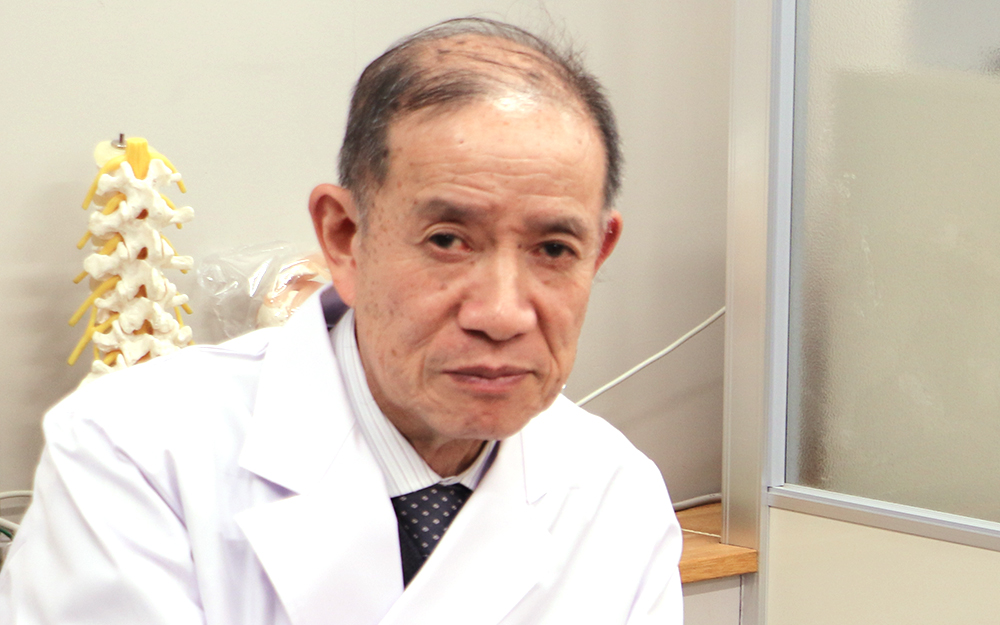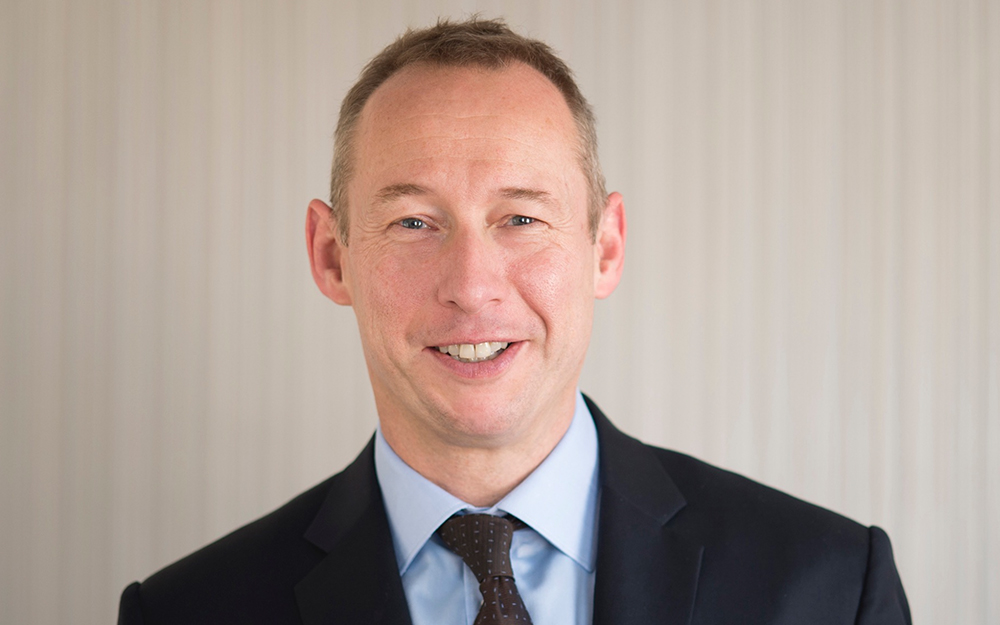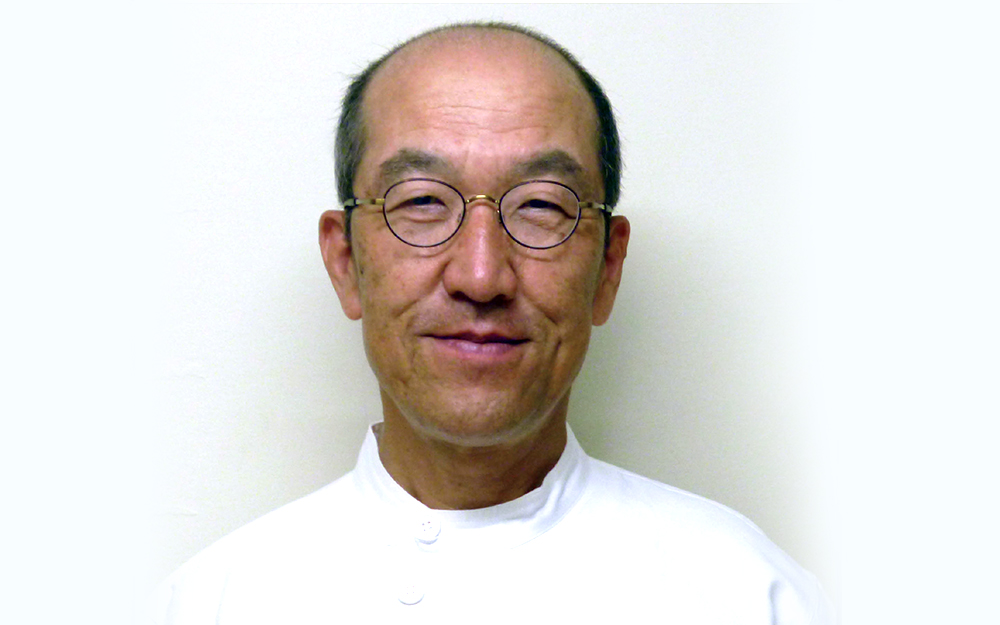テーマ
「スポーツ医学の進むべき道」
福林 徹(有明医療大学特任教授)
第1回 東京国際スポーツメディスンイノベーションフォーラム
PREMIER PRESENTATION
テーマ
福林 徹(有明医療大学特任教授)

長年、日本のスポーツ医学界を牽引してこられた、福林徹先生に、今後の日本そして世界のスポーツ医学の進むべき方向性に関してご講演いただきます。
基調講演要旨
日本におけるスポーツ医学は1964年の東京オリンピツクを契機にスタートした。黒田先生のご指導のもとに、整形外科では中嶋、高澤両先生が立ち上がり現在のスポーツ医学の基礎を作られた。そして2020年には再び東京でオリンピツクを迎えることになった、ここに我々はスポーツ医学の進歩を振り返るとともに、未来に向かっての進むべき道を提示する必要がある。
今までのスポーツ医学はどちらかというと治療医学であり、予防医学の面は薄かった。しかし21世紀に入りIOCも委員長自ら予防医学の重要性を認めIOC World Conference on Prevention of Injury & Illness in SportをMonacoで行うようになった。また日本国内では今長寿高齢化社会を迎えており、これにスポーツ医学を応用していかに高齢者を元気にしていくかが大きな問題となってきている。21世紀になりスポーツ医学はより多方面よりその存在価値が認められてきており、これに対する対応が求められている。
今回新たに創設されたこの国際学会がスポーツ医学のさらなる発展に役立つものと期待される。
テーマ
Andrew M. Williams
(Fortius Clinic, a London musculoskeletal care centre London)

プライベートクリニックで、2年に1度の国際学会を開催しているロンドンの「Fortius Clinic」。そのトップであり、ヨーロッパのトップアスリートの治療を手がけていることでも有名なAndrew M. Williamsを招待し、国際的に活躍しネットワークを構築する経緯やノウハウをご講演いただきます。
International Networking of Sports Orthopaedic Clinics
Fortius Clinic
7 years old. ‘Number 1’ for UK orthopaedic and sports medicine. 2 outpatient clinics (soon to be 3), each with Xray, ultrasound, and MRI, and a Surgery Centre. 50 surgeons and another 30 doctors- radiologists / sports physicians. We care for many of the UK’s athletes- personally: 52 football teams including 16 of 20 English Premiership teams, and 9 or 12 English Rugby Premiership plus several Welsh teams. My colleagues include leaders in their fields. FIFA awarded us ‘F-MARC’ as a ‘medical centre of excellence’ in 2015. We have strong research commitments and links with Imperial College, London.
Why have a sports orthopaedic clinic?
Why network?
How to Network?
xamples of collaborations in sports medicine: some good - some poor
Problems
Keys to success
テーマ
史野 根生(大阪行岡医療大学 教授)

前十字靭帯手術において、長きにわたり世界をリードしてこられ、現在もなお世界の最先端を走り続けておられる史野根生先生をお招きし、 これまで一貫してブレることのない根底に流れる哲学と、今までの創意工夫、イノベーションについて初めてご講演いただきます。
講演要旨
前十字靭帯再建術は、欧米主導で、施行されてきたが、その内容は正常解剖を模倣するという概念から、程遠いものであった。しかしながら、それらの正常靭帯付着部と異なる部位に設置された(非解剖学的再建術)後の成績が、(医師立脚型評価にて、) 好成績――という論文が多数発表され、後続の我々に大きな影響を及ぼしてきた。このような矛盾に演者が気付いたのは、前世紀末のことであった。
今世紀初頭になり、正常靭帯付着部を明らかにし、移植腱の配置を最適化し、ようやく解剖学的再建術と呼べるものになったように思われる。今後、初期張力、術後リハビリテーションの最適化、術式のさらなる成熟を目指してゆきたい。